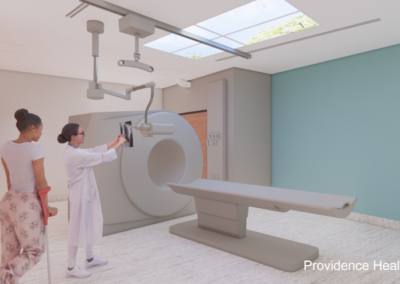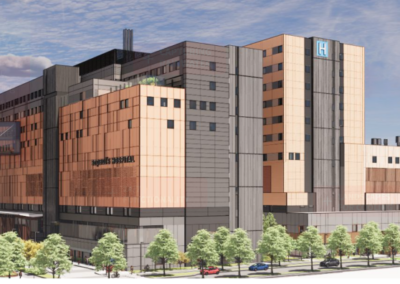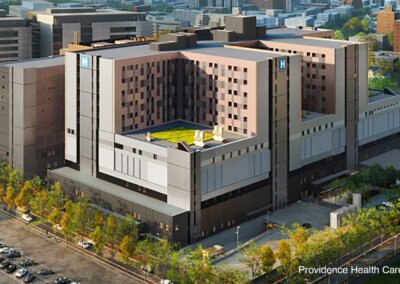About the Project
Developed in the United States, FEMA P-58 is a novel methodology that provides next-generation seismic performance-based design and assessment. It goes further than assessing impacts to the building structure and provides insight into the repair costs, and repair time of all equipment within the structure. Although commonplace in the United States, this new methodology had never been implemented before for a new hospital in Canada.
Ausenco was engaged by the Design-Build contractor, PCL, via their structural engineering consultant RJC, to provide a seismic assessment of the hospital design and contents using the FEMA P-58 methodology.
Utilizing experience with the bespoke SP3 software, the team were able to concisely present the results of the assessment to the various design team disciplines, the Owner and the City of Vancouver, in both technical and non-technical terms.
Understanding the impacts of a future earthquake on the hospital and its equipment for two levels of earthquakes, enables all stakeholders to plan post-earthquake response, minimizing or eliminating any loss of functionality after an event.
This assessment enabled smart decisions to be made early-on in the design process, documented by the FEMA-P58 approach, which will positively affect post-earthquake performance.
The result of this new assessment approach contributes to a safer, more resilient hospital which will be critical to serving the local Vancouver community in a post-earthquake scenario.
Approach
Innovation
Ausenco selected the software SP3 and worked closely with the developer’s technical team, tailoring it to provide the information requested by the Owner and the City. Data on repair times and costs on a floor-by-floor basis and state of damage of every piece of equipment was provided. This had never been done for a new hospital before, even in the US. Innovations developed here were later integrated into the SP3 Software.
Communication
Recognizing the challenge of conveying intricate technical data to designers and a diverse set of stakeholders, the team knew a different presentation method was required. The visuals and narrative of the data provided a tangible understanding of vulnerabilities and performance expectations for the various types of equipment and building components in a post-earthquake scenario.
Collaboration
The collaborative effort, extending from RJC and PCL to both the Owner and City of Vancouver reviewers, right through to the developers of the SP3 software, was critical to the project’s success. Throughout the project, a feedback loop ensured after each assessment was performed, it was shared with stakeholders for review, input, and refinement of the model. This iterative and collaborative team approach was essential to achieving the project goals.
In conclusion, the team’s approach was defined by innovation, communication and collaboration. The result is a pioneering example of assessing seismic resilience in a hospital facility.
Results
The project confirmed that St. Paul’s Hospital design meets the Owner’s specified requirements regarding earthquake performance per FEMA P-58 methodology, and the City’s requirements regarding resilience. The wider result is that FEMA P-58 is now tried and tested in BC as a new tool for owners and engineers. We can estimate repair costs and time for both structural and non-structural components and provide information on a per-floor basis and on damage states for every component in the building.
Service(s) Provided
Seismic Building Performance Assessment using FEMA-P58 Methodology
Prime Consultant
RJC Engineers
Project Team (Consultants)
Magnusson Klemencic Associates
Project Team (Contractors)
PCL Construction
Go back to projects in
View other projects from
Stay in touch with us
Subscribe to our mailing list!
Organization
Connect






